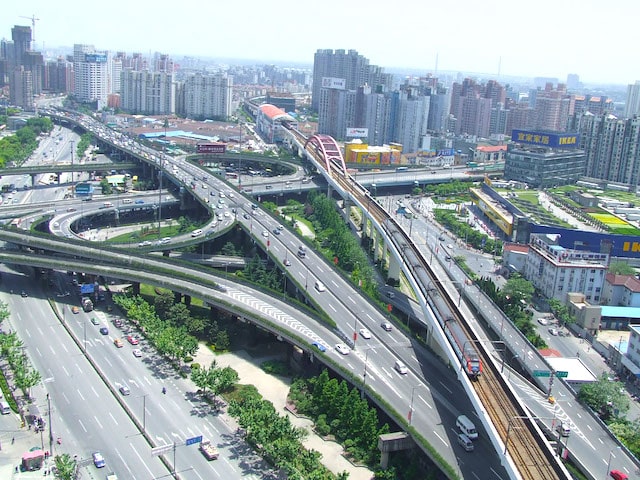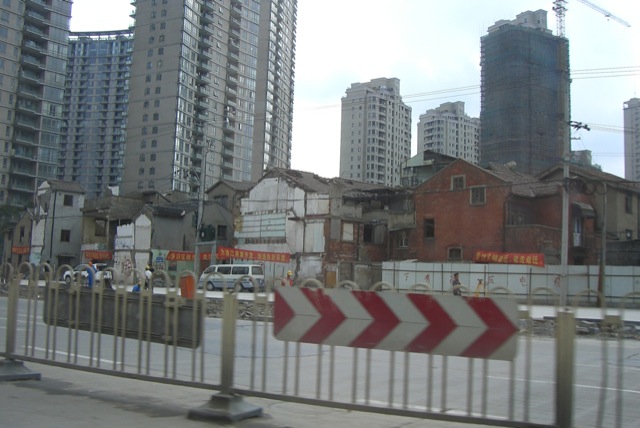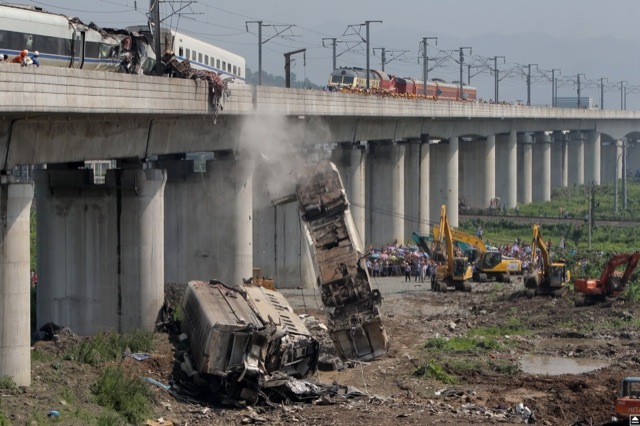The government of China recently released a paper called Sustainable Development of Transportation in China. It doesn’t have a lot of new information — the data it uses are only current through the end of 2019 — but it does make one assertion I’d like to examine in more detail.
An expressway and rail line leaving Shanghai, China. Photo by Pyzhou.
According to chart 3, on page 12 of the Word version, the share of passenger travel that goes by highway declined from 93.5 percent in 2012 to 73.9 percent in 2019. The difference was taken up by railway transport. This makes China’s high-speed rail program, which grew from 6,000 miles in 2012 to 22,000 miles in 2019, look like a great success. Continue reading










